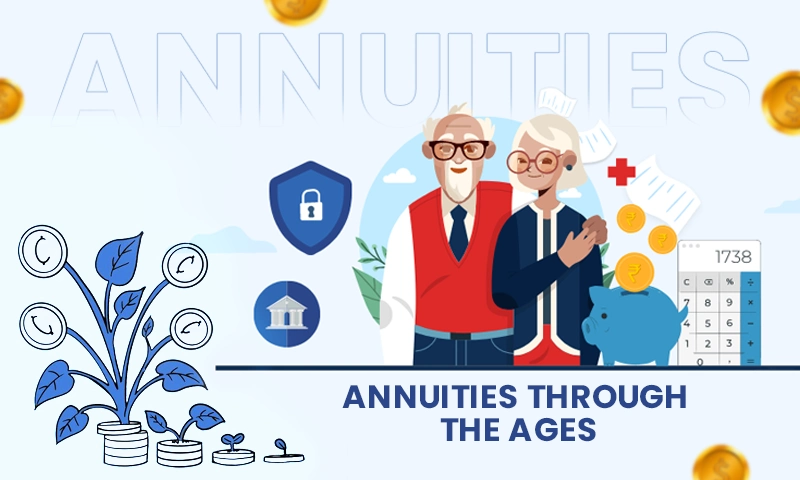How Slow Website Performance Affects Conversion Rates
How many times have you closed a web page because it was loading too slowly? Probably more than you can count.
In these modern times, we want everything as fast as possible. We lose our patience quickly and move on to another object of interest. Maybe because the offerings are enormous. The internet is overloaded with information, and there’s always something new coming up.
In this endless sea of information, only the content that manages to maintain a user’s interest for long enough gets real attention. Its quality and value are very important, as much as the design of the website that hosts it. But if a website visitor has to wait more than three seconds for the page to load, they will not stay long enough to enjoy that content.
Google says that 53% of users abandon the website page if it doesn’t load in three seconds or less. As a result, the performance of your website and the user experience (UX) are essential for your conversion rate.
Knowing that your website is made to promote your business and enhance your sales, you want it to perform at its maximum. Poor site performance will not motivate your visitors to convert. Consequently, a low conversion rate leads to a decrease in sales.
If you want to have a high-performing and competitive website, you need to mind many factors that affect the conversion rate. You can check here how professionals can build your site, grow your brand, and keep your business competitive.
What is the Conversion Rate?
The conversion rate is the percentage of users or website visitors who take the desired action on the website, such as buying a product or leaving their contact details. In simple words, the users convert when they take the action that the creator of the web page intended to provoke.
The conversion rate is directly influenced by the first impression your website gives to the visitor. According to statistics, you have about seven seconds to load the page and impress your audience with valuable content and attractive web design. Otherwise, they will continue their search on some other website.
What is Website Performance?
Website performance, besides the simple loading speed, is the measurement of the user’s experience and it has a crucial effect on the conversion rate. User’s experience cannot be measured directly in plain numbers, because it is based on the visitor’s feelings. However, the user’s feeling does affect the bounce rate, the conversion rate, and the ranking.
Keep in mind that people use different devices when they are researching the internet. More than half of all internet traffic goes through mobile phones. You need to make sure that your website performs well on any device, that it is easy to navigate, and that sparks the interest of your visitors.
The Importance of Loading Speed
Your website’s loading speed is crucial for your conversion rate.
A slow website may cause a high bounce rate. The bounce rate is the percentage of visitors who enter the website and then leave, instead of staying and exploring the content. The bounce rate is calculated by dividing the number of single-page visits by the number of total page visits.
The number of users who leave the page immediately after entering the website grows exponentially with each extra second of loading time. If the loading time is more than ten seconds, the bounce rate increases by 123%. The loading speed directly affects your SEO.
Your website’s ranking on Google depends on the mobile page speed. Therefore, a slow loading speed will damage your SEO results.
Furthermore, a slow website loading speed makes the user experience poor, and the conversion rate goes down. It can be especially harmful to eCommerce websites. So, what is the recommended website loading speed? Some interesting statistics are confirming that every second of load speed truly makes the difference.
According to Skilled.co, 47% of users expect the page to load in two seconds. Any delay brings the conversion rate down. For example, a page loading in 2.4 seconds has a 1.9% conversion rate, while a page that takes 4.2 seconds to load has a conversion rate of under one percent.
How to Make Your Website Faster
The time needed to load a website or a landing page depends directly on the website size. Many sites are much larger than they should be. The recommended size for a web page is under 500 KB. However, the average size is 1.88 MB.
Websites are often overloaded with images. That is expected because visuals make the biggest impact on a user. For eCommerce websites especially photos are essential. You will want to use the best quality photos that usually have a large file size. If that’s the case, you should compress them to a size that is not overbearing for your website.
For example, you can reduce the loading time by 70% if you reduce the size of all photos on your website from 22MB to 300 KB.
There’s a practical suggestion on how to resize your pictures. When resizing your photos do the cropping to get the suitable size in pixels, and then you can upload them to the website.
In case you upload photos with more pixels width and resize them after uploading, every time a visitor opens the photo, the larger version will be loaded first and just then the cropped version. This makes the loading time much slower.
The second thing you can do to speed up your site is to use only the necessary plugins. Plugins are important for the functionality of your website, but having too many will slow down the loading speed.
The third thing you need to do is enable browser caching. If it’s not enabled, your website visitors will need to download HTML documents and JavScript files every time they visit your website. This can increase the loading speed by a large margin.
The Factors That Affect the Conversion Rate
Besides the loading speed, there are other factors that strongly influence the performance of your website, and, consequently, the conversion rate.
The first impression is crucial for the conversion rate. To draw the customer’s attention, your website must be outstanding and faster than the others.
The user experience is essential for the conversion rate. It is important to provide excellent accessibility on your website, allowing your customer to navigate through pages with ease, giving them exactly what they need. When building a website, you should study the behavior of the potential customer and make sure that you offer exactly what they need.
The importance of fast performance for the conversion rate is even more notable on eCommerce websites. The more time your visitor has to wait for your website to load, the less likely they are to convert. The fact that Amazon had a $1.6 billion annual loss in revenue due to a one-second delay in loading speed is such a clear example. To avoid losing revenue, you need to test your website regularly and keep it updated.
As Fast as Possible Is the Key to Success
Every second counts. A slow website will limit your traffic, hence you should know the ways to improve the traffic of your website. Even, a slow performance turns away your customers and makes them go to your competitors. In these times when the competition is fierce and our patience is running low, you need your website to load faster than the others. That is the key to your website’s success.
Share













